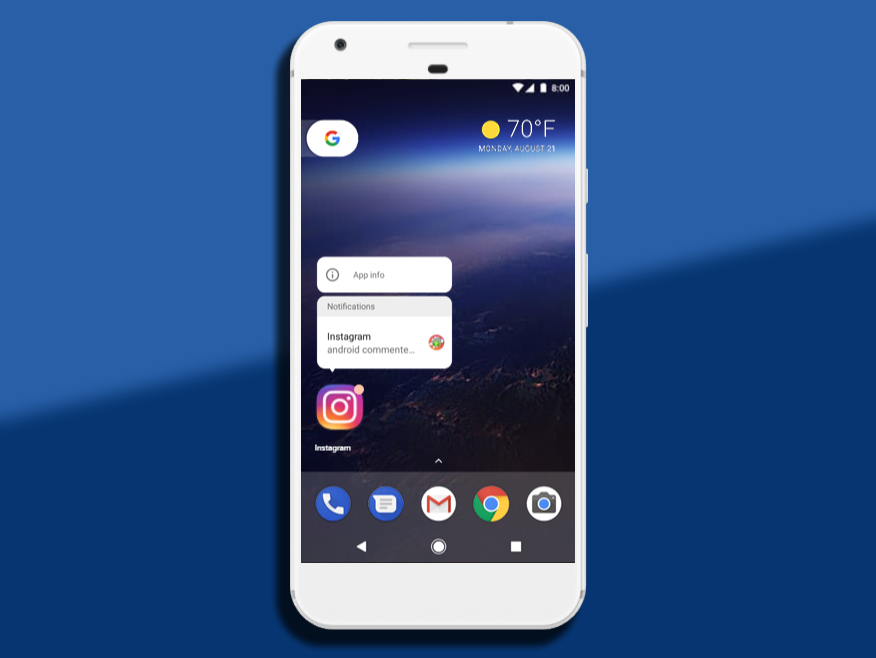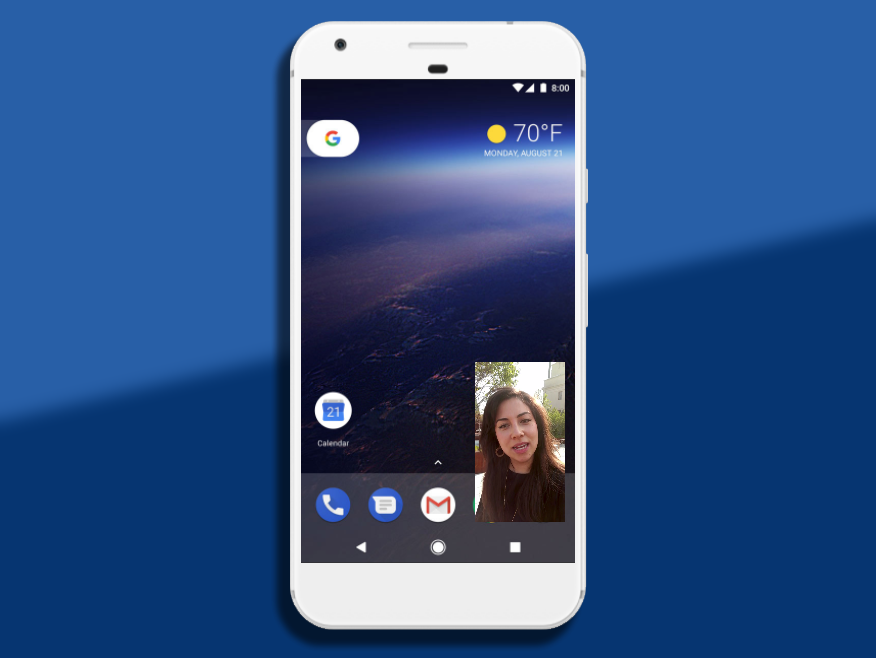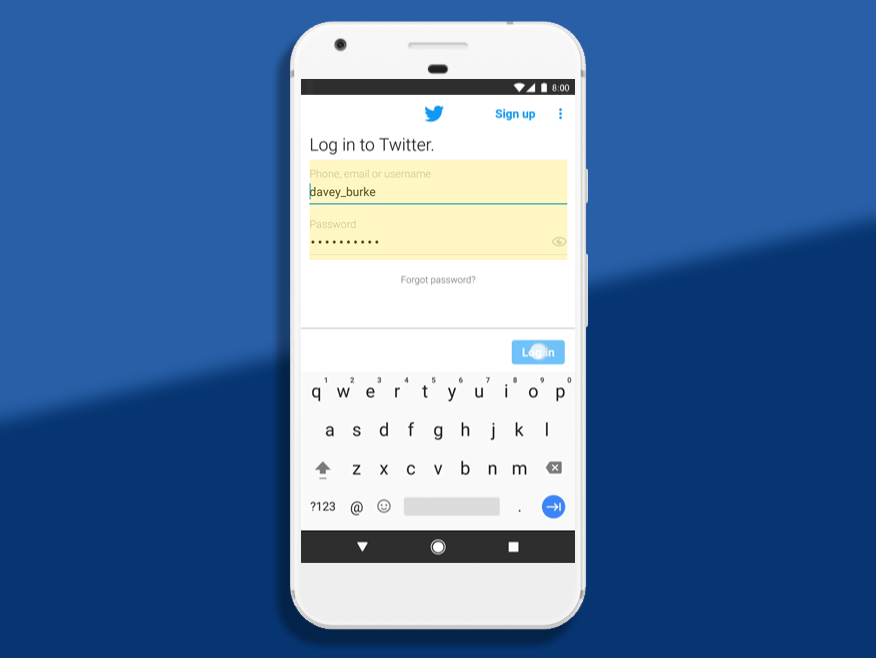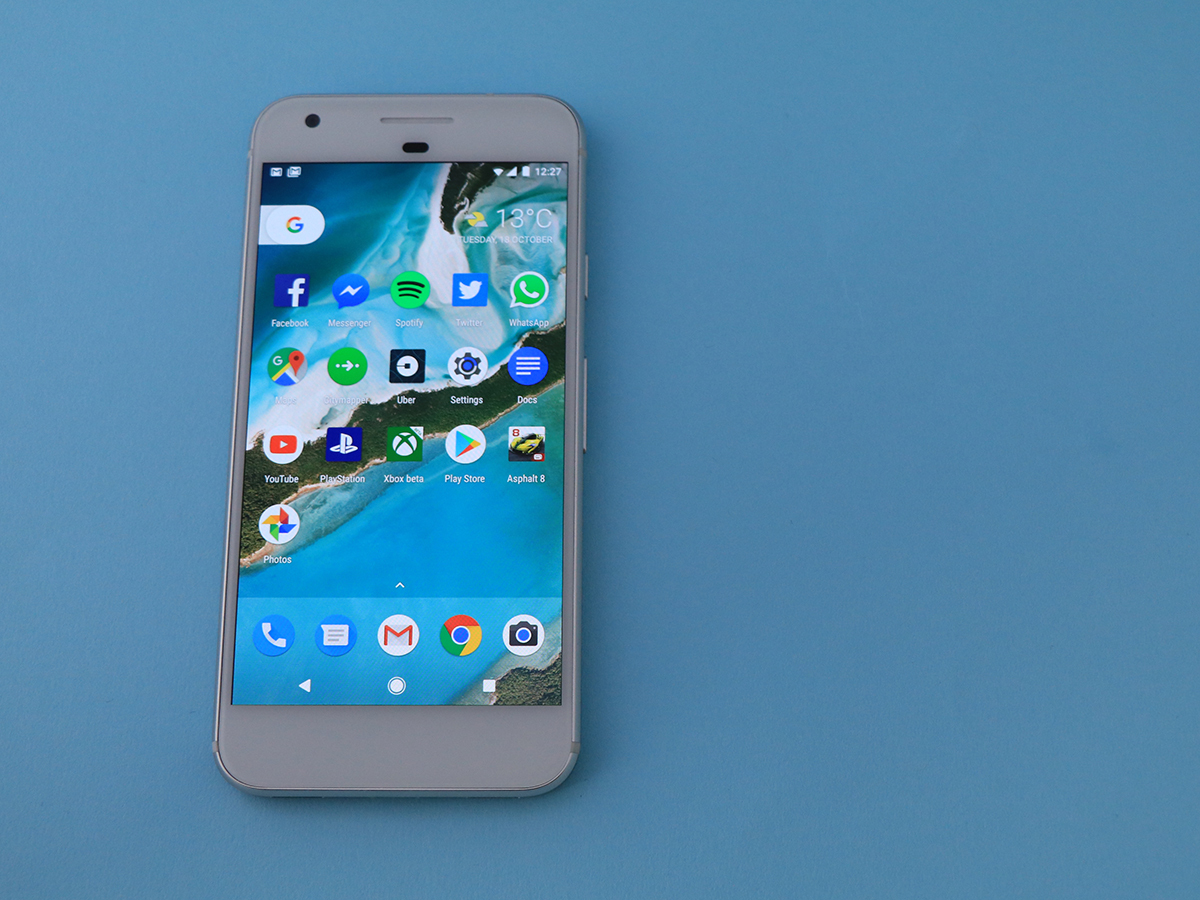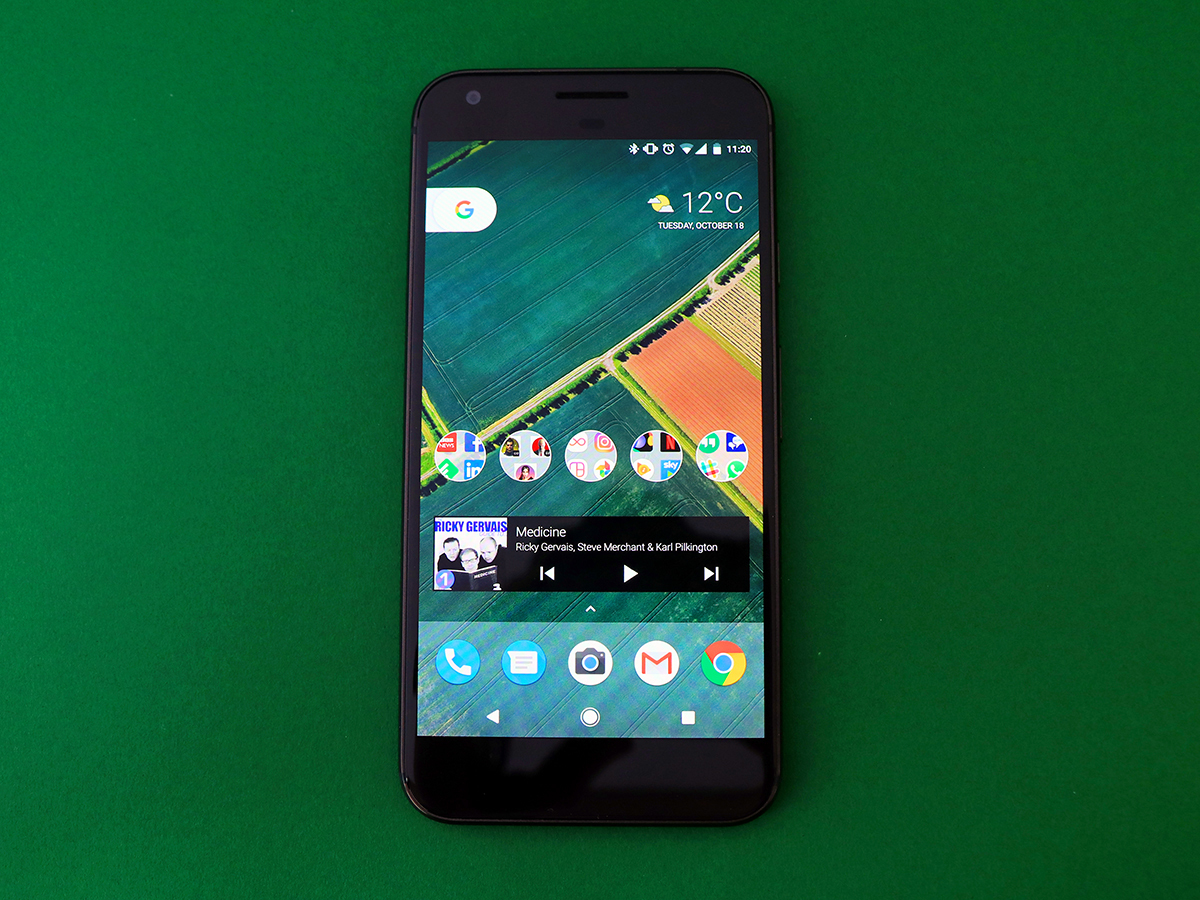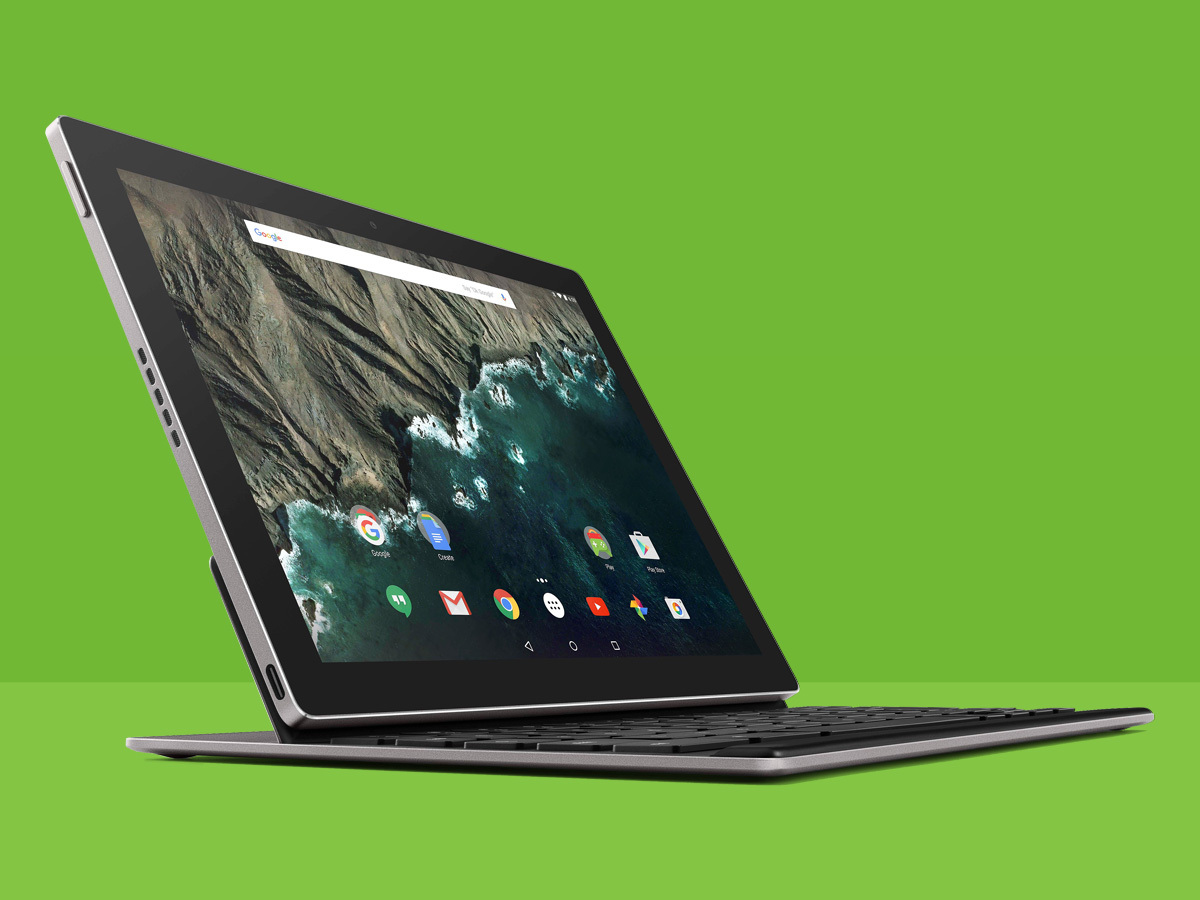Google Android 8.0 Oreo: Everything you need to know
What the heck is it, what it does, and when you can get it for all your devices
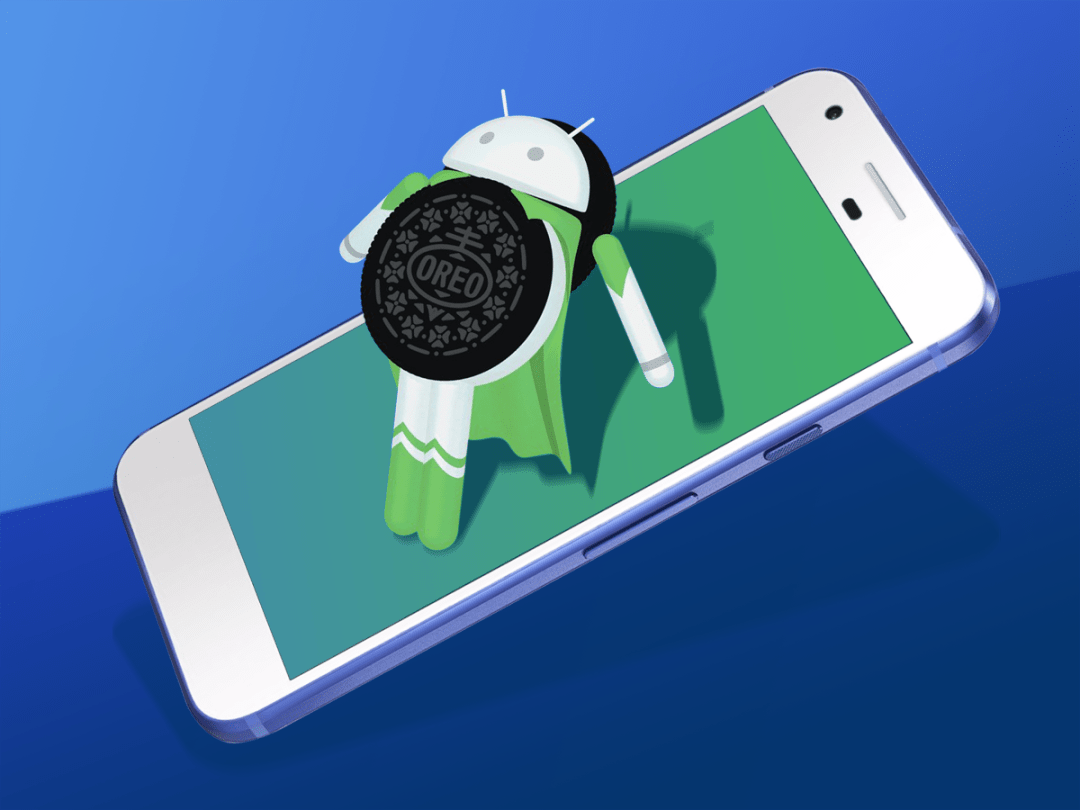
Google just can’t get enough sweet treats, at least as far as Android is concerned. There’s a new tooth-destroying update every year, and Oreo is the latest.
As well as a new name, version 8.0 Oreo will also bring a whole host of new features to the mobile OS. It’s still early days, but we’ve already got a long list of what to expect once the update arrives.
If you don’t fancy crawling across the web to get all of the latest details, we’ve got some good news: we’ve gathered everything you need to know right here, including all the major new additions, as well as those all important ways to download Oreo right now.
Why Android Oreo?
Ever since Android version 1.5 arrived in 2009, Google has had an obsession with sweet-flavoured names. Cupcake was followed by Donut, Eclair, Froyo, Gingerbread, Honeycomb, Ice Cream Sandwich, Jelly Bean, Kitkat and Lollipop.
Version 6.0 Marshmallow and 7.0 Nougat were the two most recent editions, leaving the world guessing as to what delightful delicacy version 8.0 would be named after. Oatmeal cookie was a front runner for a while, with off-the-wall suggestions like Orelletes, Ozark pudding and even Ontbijtkoek doing the rounds.
In the end, though, Google went with Oreo – and can you blame them? A tie-in with one of the world’s most famous cookie brands (or biscuit brands, if you’re from the UK and speak all proper, like) won’t leave many people scratching their head, whereas Android 8.0 Ox-tongue Pastry might have raised a few eyebrows.
Anyway, enough talking about food. There’s a lot more to Android Oreo than the sweet name, and cute Oreo-shaped mascot.
What new features does Oreo add to Android?
Where to start? Oreo might not be a complete overhaul of Google’s familiar mobile OS, but it adds a whole lot of smaller features. We’ve gone over eight of the best in more detail in a separate article, but stick around here for a more easily digestible rundown of what’s on the way.
>> It’ll save more battery life
Following in the footsteps of Doze in the last couple versions of Android, Oreo will introduce new restrictions on apps running in the background, limiting their ability to seep your battery life with broadcasts and location updates, for example. So long as developers conform to the standards, your apps still should work as intended while wasting less of your daily charge.
>> Notifications are getting some updates
Notifications can be a blessing and a curse, depending on how frequent, important, and annoying they are, and Oreo should make them even better. New notification channels will let you group together types of alerts from certain apps so you can skip out on less-essential ones, while background colour options can let developers highlight critical pings. Oh, and you can snooze notifications now, instead of dismissing them outright.
>> We’ll get picture-in-picture videos
Don’t want to stop watching Luke Cage or your favourite YouTube personality when messaging or looking up directions? Android Oreo adds a new native picture-in-picture functionality that lets video apps keep a little windowed version running when you switch over to other apps.
>> Autofill will work in apps now
No more racking your brains to remember that old password you haven’t had to type in manually for five years – Oreo will now autofill logins for apps automatically, syncing with the passwords already saved in your Chrome browser.
>> We’ll get New-look icons
Any Android phone not made by Google is probably running some kind of custom launcher. Sure, some might look just like vanilla – think OnePlus or Nokia – but others can be completely different. With Oreo, Google is giving us a more consistent look between phones, with adaptive icons that can be circular, square or rounded – depending on what the phoen maker thinks looks best.
>> Wi-Fi should work better
Oreo will automatically join open Wi-Fi networks, and set up a VPN back to Google to keep your data secure while you’re browsing. Handy, but you’ll be able to switch it off if you’re still a little paranoid about anyone snooping on your browser history.
>> Deep colour is on the way
One of the iPhone 7‘s major features is coming to Android with Oreo. Deep colour lets apps create more vivid colours, with more subtle gradients, so images look the way they’re supposed to. It’ll depend on phones with screens that support deep colour too, but it’s a first step towards HDR compatibility baked right into the OS – instead of being limited to a few top-end phones.
>> And there’s more
Improved audio playback over high-end headphones, multi-display support for future upgrades, a back-end that’ll be easier to update and eat up less data with each download, improved printer support… There are plenty more tiny extras that should add up to make your Android life that little bit better.
Aren’t you forgetting something?
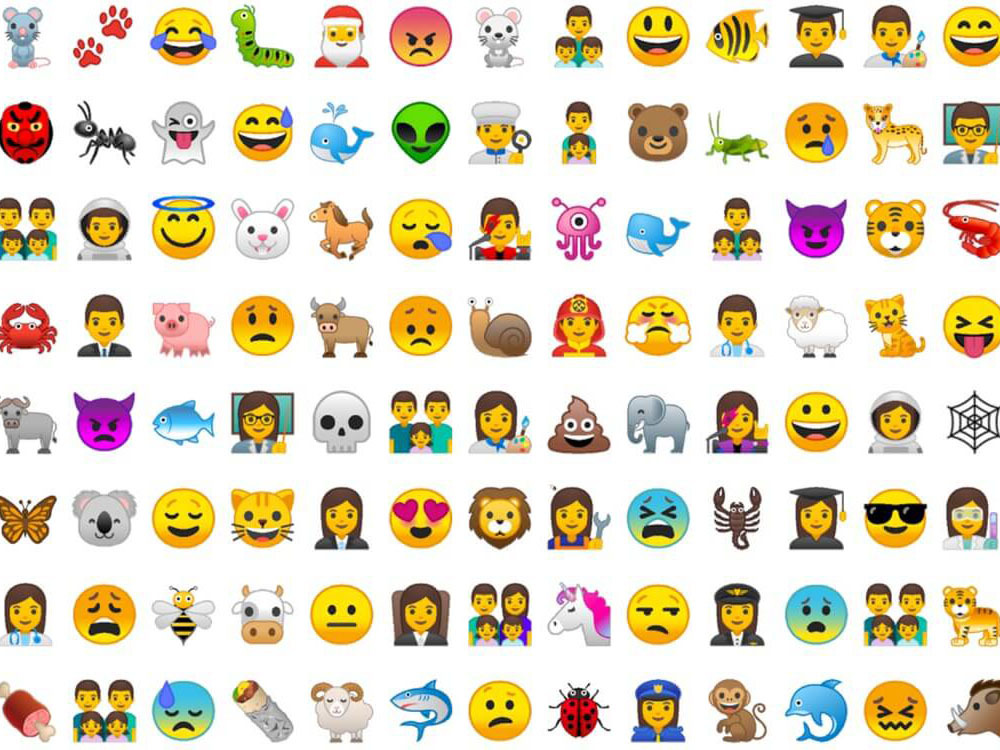
OK, OK. Oreo will also be bringing a completely new set of Emoji to Android. Those little yellow blobs you love (or hate)? They’re gone – replaced with more realistic-looking icons. Or at least ones that more closely resemble the ones you get on iOS, anyway.
The jump to Unicode 10 means a whopping 69 brand new emoji to up your WhatsApp game with, too. Who knew we were missing exploding heads, zombies, emo haircuts and breastfeeding mothers all this time?
WHEN WILL MY DEVICE GET ANDROID 8.0 OREO?
The final version of Oreo is available to developers right now, but we’re betting that anyone reading this probably ain’t one of those. The rest of us will have to wait for the rollout to reach our smartphones, tablets and media streamers, so that carriers and manufacturers can add their own tweaks and tests to the software.
Unless, that is, you’re enrolled in Google’s Android beta program, and you’ve got a compatible phone. The Nexus 5x, Nexus 6P, Google Pixel, Pixel XL, Nexus Player and Pixel C should all have AOSP builds available to download and install shortly (a few were already available at the time of writing) directly from Google. An over-the-air update should start rolling out in the next few weeks.
As for the rest of the smartphone world? Google reckons that handsets from Essential, HMD Global (otherwise known as Nokia), Huawei, HTC, LG, Motorola, Samsungand Sony will either launch new handsets, or update existing ones to Oreo. The waiting game has officially begun.
READ MORE › The 10 best smartphones in the world right now
